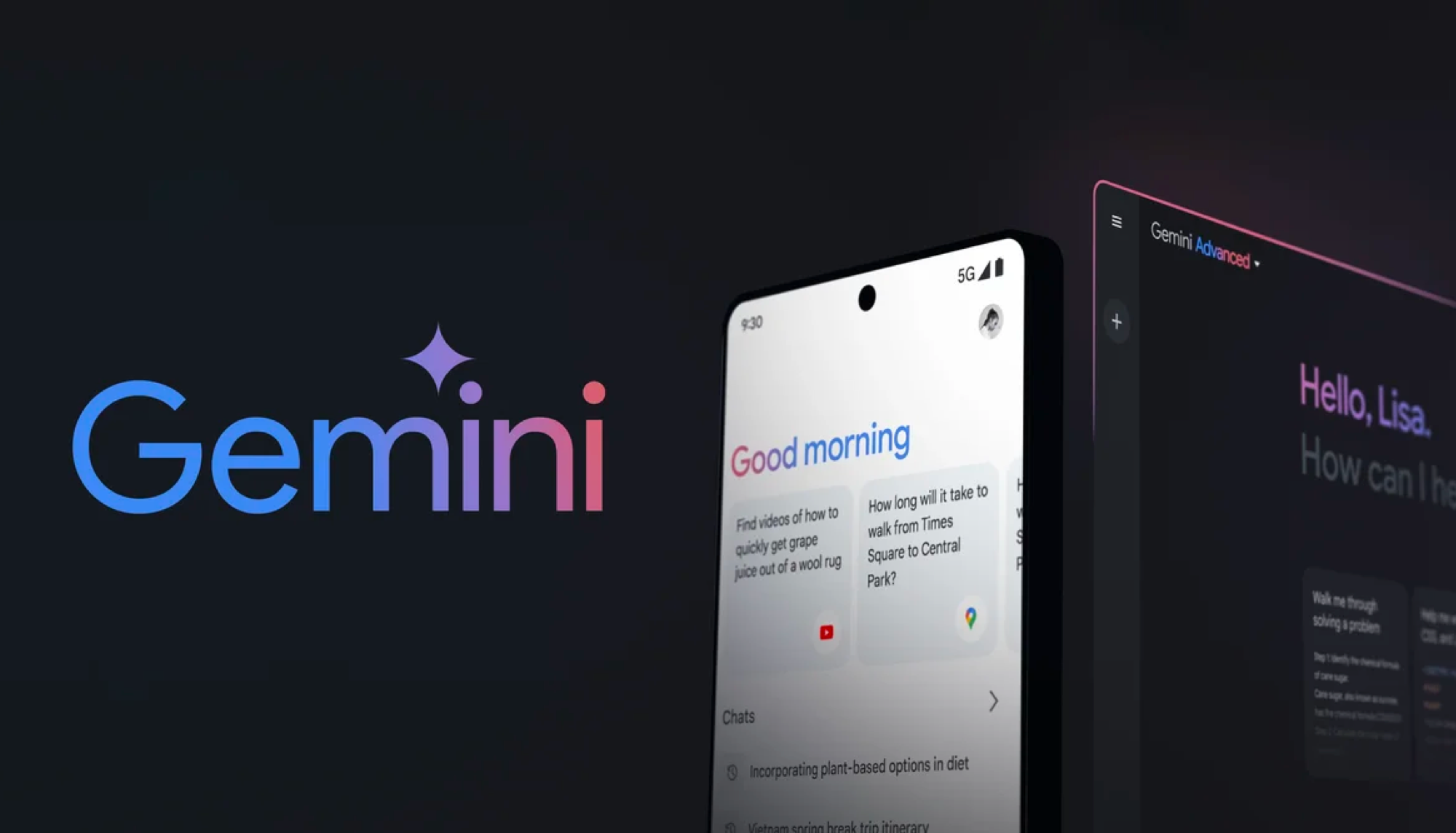Android 16 developer preview 2 is live — all the biggest changes
Android 16's release date draws closer, and the second developer preview is already here

Google promised it will release Android 16 early next year, and from the looks of things it’s doing everything it can to stick to that deadline. It’s only been a month since the first developer preview gave us our first glimpse at Android 16, and now the second preview version is being released.
According to Google’s blog post, the second Android 16 preview is ready for developers to test with their apps. On the agenda this time round is enhancing app experiences, improving battery life and boosting overall performance — all while minimizing the number of incompatibilities that arise.
That means this is a very “behind the scenes” kind of update, but it does give us some clues on what Android 16 will offer when it arrives next year.
Android 16 developer preview 2: All the biggest changes
Since this is a developer preview, the changes coming to Android 16 with this release are very technical, and aren’t exactly the big-ticket features we’ll likely see once the beta version arrives. However there are some important changes that are useful to know about, the first of which is richer haptic support. This will add new APIs to Android allowing apps and developers more control over the amplitude and frequency of haptic feedback, and minimize the differences felt across different Android devices.
Another big benefit is an improvement to adaptive refresh rate support, which first appeared in Android 15. Android 16’s second developer preview makes it easier for apps to take advantage of adaptive refresh rate, while also giving developers the tools to set the refresh rate their apps require. Health Connect will also gain support for activity intensity and updated APIs for supporting health records — provided the user has consented. Better control over the refresh rate means less unnecessary power consumption and a better visual experience.
Google’s also adding support for cloud storage in the photo picker. That way you get to decide which image and videos an app gets permission to access, regardless of whether it’s stored on your device or in cloud storage. A search feature will also be coming in the future, but it hasn’t been added just yet.
Sign up to get the BEST of Tom's Guide direct to your inbox.
Get instant access to breaking news, the hottest reviews, great deals and helpful tips.
Also related to security are more robust security features for any devices that support Wi-Fi 6’s 802.11az. Google will allow apps to combine accuracy, scalability and dynamic scheduling of this protocol with other security enhancements — including AES-256 encryption. The idea being that it’ll make using proximity-based Wi-Fi, in cases like unlocking devices, is safer.
The predictive back feature is getting an extra bonus in this preview too. New APIs will allow developers to add predictive back system animations when using gesture-based navigation.
Other notable additions to System Trigger Profiling in the Profiling Manager, Start Components so that Android can identify which component triggered the start of a new process, and better job introspection to identify which tasks have been left pending in the background and why. On top of that Android 16 will adjust the way jobs are executed based on a number of different factors.
When will Android 16 be released?
Google has confirmed that Android 16 will arrive at some point in Q2 of 2025, months earlier than we had initially thought. Rumor has it that we could be looking at an early June release, though this hasn’t been officially confirmed by Google just yet.
What has been confirmed is that the first Android 16 beta is scheduled to arrive in January, 3 months earlier than the release of the Android 15 beta. March will then see the upgrade enter “Platform Stability”, which means subsequent updates will be focussed on bug fixes rather than flashy new features. That will continue through April, with the official release happening sometime afterwards.

Considering Google I/O happens in May, it’s likely that Google will have more information on the stable release of Android 16 at the show. But there’s no guarantee, especially if Google runs into problems and has to delay the launch.
Google Pixel owners will be the first group to get Android 16, as is always the case. Other phones will take longer, and it’s impossible to say who will get the upgrade when. Based on the Android 15 rollout OnePlus is likely to be one of the earliest adopters of Android 16. While Samsung has been rather speedy with its upgrades in previous years, the rollout of One UI 7 has been hit with multiple delays — which doesn’t bode well for One UI 8 and Android 16.
More from Tom's Guide

Tom is the Tom's Guide's UK Phones Editor, tackling the latest smartphone news and vocally expressing his opinions about upcoming features or changes. It's long way from his days as editor of Gizmodo UK, when pretty much everything was on the table. He’s usually found trying to squeeze another giant Lego set onto the shelf, draining very large cups of coffee, or complaining about how terrible his Smart TV is.
